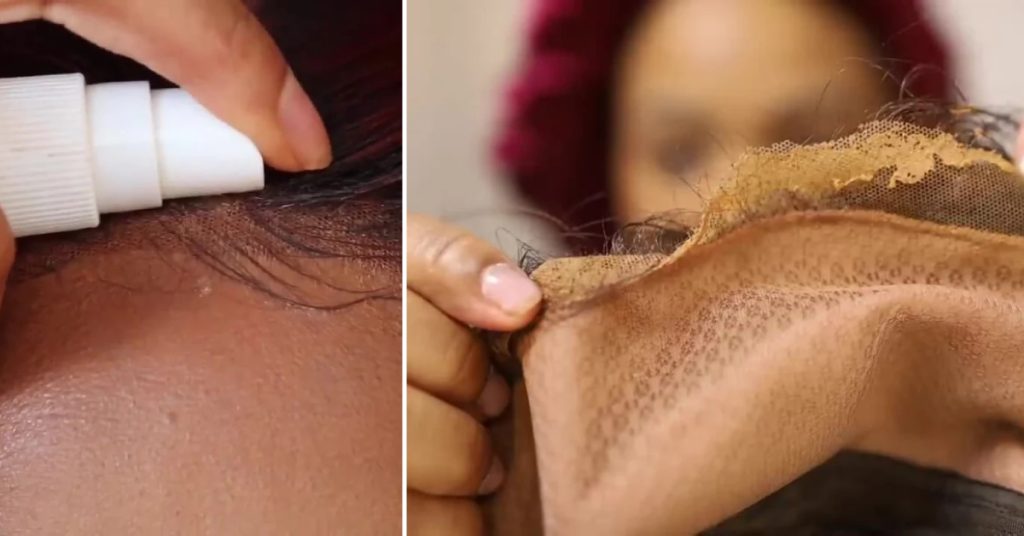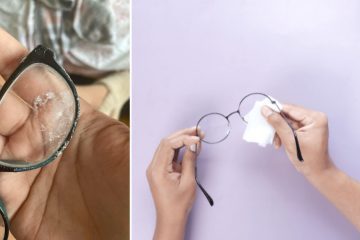Wearing a lace wig can give you a natural, flawless look, but removing the adhesive can be a daunting task. If not done properly, it can lead to damage to your natural hair and sensitive hairline. In this comprehensive guide, we’ll explore several effective yet gentle methods for how to remove wig glue from hairline without causing any harm.

Key Takeaways:
- Use warm water, oils, or alcohol-based solutions to safely dissolve and remove wig glue from the hairline
- Be gentle, patient, and conduct skin tests to avoid irritation or damage
Understand Your Wig Glue
Wig glue, also known as wig adhesive, is a specialized adhesive used to secure lace wigs, frontals, and other hair extensions to the scalp. The type of glue used can vary in strength and durability, with some bonds lasting for weeks and others only a few days.
3 Proven Methods for How to Remove Wig Glue From Hairline
Here are the 3 proven methods for how to remove wig glue from hairline:
Method 1: Warm Water Mixture
One of the most natural and gentle ways to remove wig glue is by using a warm water mixture. Simply combine a small amount of salt or baking soda with warm water or olive oil, pour the solution into a spray bottle, and mist it around your hairline. Wear a shower cap for 5-10 minutes to allow the mixture to soak in and soften the glue, then gently remove the wig.
Method 2: Oils and Emollients
Oils and emollient products, such as coconut oil, olive oil, or Vaseline, can also be effective at dissolving wig glue. Apply a small amount to the affected area, let it sit for a few minutes, then use a damp cloth to wipe away the glue. Repeat this process until the glue is fully removed.
Method 3: Alcohol-Based Solutions
Rubbing alcohol, or isopropyl alcohol, can quickly break down wig glue. Soak a cotton ball in the alcohol and gently dab it along your hairline. Allow it to sit for 5-10 minutes before carefully removing the wig in small sections. Be cautious with this method, as alcohol can be drying and irritating to sensitive skin.
You Can Check It Out to Get Fly Trap Glue Out of Cat Hair.

5 Effective Tips for Safe Wig Glue Removal
- Conduct a Skin Test: Before using any adhesive remover or solvent, do a patch test on a small area of your skin to check for any adverse reactions.
- Tie Your Hair Back: Secure your natural hair away from the wig glue to prevent the remover from getting on your strands.
- Remove the Wig from Back to Front: Start at the back of your head and work your way towards the front to minimize pulling and discomfort.
- Be Patient and Gentle: Avoid the temptation to quickly pull off the wig, as this can damage the delicate lace. Instead, carefully tug at small sections until the wig is fully removed.
- Clean Your Skin and Wig: After removing the glue, use soap and water to cleanse your skin, then wash and condition your wig according to the manufacturer’s instructions.
You Can Check It Out to Remove EEG Glue From Hair.

FAQs About How to Remove Wig Glue From Hairline
Does Vaseline Remove Hair Glue?
Yes, Vaseline (petroleum jelly) is indeed effective in removing hair glue. It serves as a safe method for this purpose and is also cost-effective.
What Home Remedy Removes Hair Glue?
To remove hair glue at home, you can use various effective and safe methods. Applying oils such as olive, coconut, or baby oil to the glued areas, letting them sit for several hours or overnight, and then gently combing through before washing can help dissolve the glue. Alternatively, conditioner, Vaseline (petroleum jelly), mayonnaise, or peanut butter applied generously to the affected areas can also soften the glue for easier removal. For tougher cases, a small amount of acetone/nail polish remover might be used with caution. After any of these treatments, it’s important to thoroughly wash and condition your hair to restore moisture and health.
Does Wig Glue Damage Your Hair?
Wig glue can indeed damage your hair and scalp if not used and removed with care. It can cause hair breakage due to the strong adhesive bond with natural hair, skin irritation from chemical reactions, and clogged pores on the scalp, potentially affecting natural hair growth. To minimize these risks, it’s crucial to follow the manufacturer’s application and removal instructions, perform patch tests to avoid allergic reactions, explore less damaging alternatives like wig tapes or clips, and use oils or specialized products to gently dissolve the glue before removal. Regular scalp care is also essential to prevent adverse effects.
Can You Use Nail Polish Remover to Remove Wig Glue?
While nail polish remover containing acetone can be used to remove wig glue, it should be approached with caution due to acetone’s potential harshness on both skin and hair. To minimize risk, apply it sparingly with a cotton ball or swab only to the glued areas, test a small area first for any adverse reaction, and ensure thorough washing of the area with soap and water or shampoo immediately after the glue has loosened. Following up with a good conditioner is crucial to mitigate the drying effects of acetone and restore moisture to your hair and scalp.
Conclusions
By following these safe and gentle methods, you can successfully remove wig glue from your hairline without causing any damage or irritation. Remember to take your time, be patient, and prioritize the health of your natural hair and scalp throughout the process.


